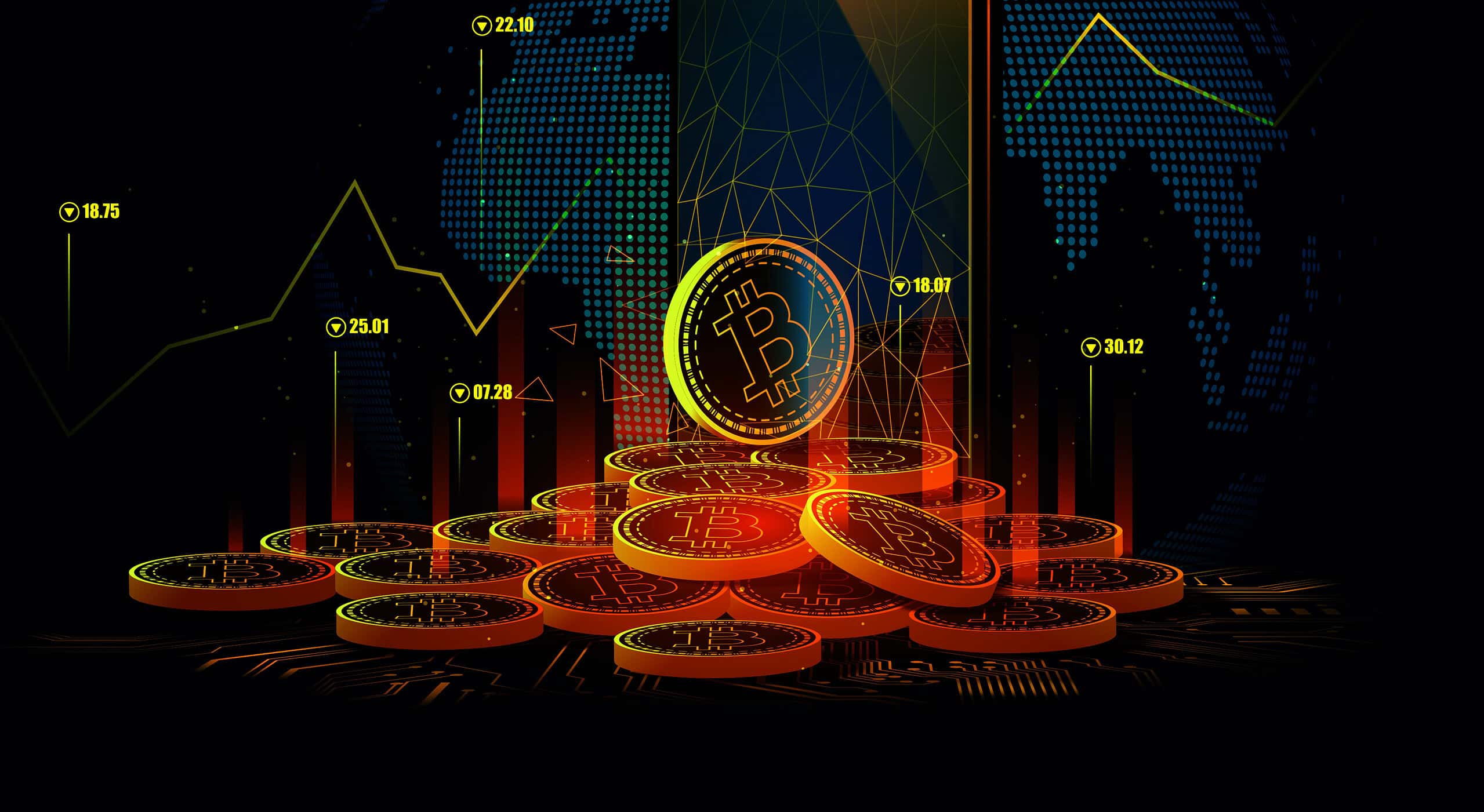Exploring the Role of copyright Mining in Decentralized Finance (DeFi)
Exploring the Role of copyright Mining in Decentralized Finance (DeFi)
Blog Article
Navigating the Globe of Digital Currency: Trends, Insights, and Opportunities
In a rapidly progressing financial landscape, the electronic currency world emerges as an intriguing yet intricate area. It shapes brand-new financial patterns, from decentralized financing applications to non-fungible tokens, while presenting special possibilities and obstacles. As mainstream acceptance of cryptocurrencies rises, so does regulative analysis and market volatility. Navigating this vibrant environment requires an informative understanding and strategic technique. Unpacked further, these aspects disclose a compelling narrative of the digital currency world.
Comprehending the Standard Principles of Digital Money
A substantial majority of people are still coming to grips with the fundamental concepts of electronic money. This ingenious type of monetary purchase stands for a paradigm shift from typical, concrete money to intangible, electronic types. Digital currency, frequently called copyright because of the cryptographic innovation utilized for safety and security, is decentralized, implying it is not controlled by any main authority like a government or monetary institution.
One of the most typical type of electronic money is Bitcoin, a pioneer in the field, but numerous options, understood as altcoins, exist. Each electronic currency runs on a modern technology called blockchain, a dispersed ledger enforced by a network of computers called nodes. These digital currencies can be extracted, acquired, sold, or traded, typically via digital currency exchanges. In spite of its complexities, recognizing the standard principles of digital currency is crucial in today's electronic age, where innovation is swiftly transforming the monetary landscape.

The Development and Development of Cryptocurrencies
Since the advent of Bitcoin in 2009, the landscape of digital money has actually advanced and expanded tremendously. Bitcoin, the first-ever decentralized copyright, paved the method for a new monetary globe, free from traditional financial systems.
The development of cryptocurrencies is also observed in their boosting market cap, which surpassed 2 trillion dollars in 2021. This growth is pushed by increasing approval by traditional financiers and organizations, recognizing the potential of digital money in replacing standard cash. Technical improvements have actually made digital transactions much faster, much more protected, and a lot more reliable, improving copyright fostering.

Existing Trends Shaping the Digital Money Landscape
While the electronic money landscape remains to advance, several existing fads are forming its trajectory. Decentralization is one such trend, with decentralized money (DeFi) applications providing alternatives to typical financial and monetary systems.

Another significant trend is the increasing regulatory scrutiny. Federal governments around the world are paying closer focus to electronic money, causing more regulative frameworks aimed at making certain transparency and mitigating threats.
Ultimately, the integration of digital currencies right into everyday life is a vital fad. A lot more organizations currently approve digital currencies as repayment, and blockchain modern technology is being integrated right into numerous sectors, from healthcare to supply chain administration. These fads show the dynamic nature of the digital currency landscape, indicating its potential to revolutionize different aspects of our lives.
Possible Opportunities in the Digital Currency Market
What might the future hold for the digital currency market? The prospective possibilities are large and varied. As digital currencies come to be a lot more conventional, they present an opportunity for Click Here financiers. With their high volatility, digital currencies could yield high returns, although they also lug substantial dangers.
Second, digital money could change the means organizations operate. They might eliminate the need for middlemans in monetary deals, enhancing and decreasing prices efficiency. For instance, services can utilize blockchain, the technology behind numerous electronic currencies, to track supply chains or verify products.
Third, digital currencies can expand monetary incorporation. In establishing countries, where many people do not have accessibility to traditional financial, digital money might offer a means to shop value and make deals.
Finally, governments and regulatory authorities could use electronic currencies to enhance economic stability, battle criminal offense, and shield customers. As an example, a central bank electronic currency can use the advantages of electronic money while keeping the stability of conventional money.
# Final thought
As the electronic currency landscape remains to advance, it supplies amazing trends and possibilities, notably in decentralized finance and non-fungible symbols. It likewise presents considerable challenges such as regulatory analysis and market volatility. It is vital for financiers and businesses to understand the fundamental concepts, track current fads and acknowledge possible risks to browse this dynamic market efficiently.
These electronic money can be mined, bought, offered, or traded, typically through electronic currency exchanges. In spite of its intricacies, recognizing the standard ideas of digital money is essential in today's electronic age, where innovation is swiftly changing the financial landscape.
Present Patterns Shaping the Digital Currency Landscape. copyright mining.
These trends show the vibrant nature of the electronic currency landscape, indicating its prospective to reinvent various aspects of our lives.
As the digital currency landscape proceeds to progress, it offers amazing patterns and possibilities, especially in decentralized financing and non-fungible symbols.
Report this page